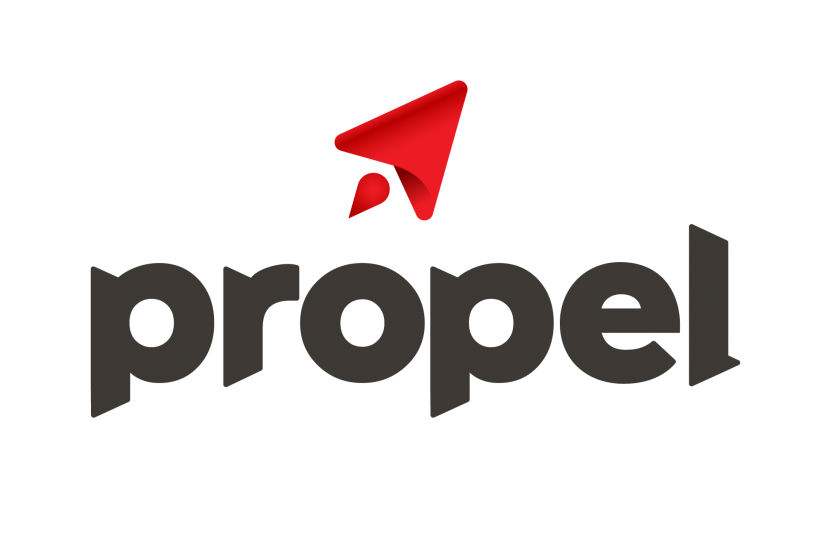Halifax-based Graphite Innovation and Technologies and three partners plan to apply to Canada’s Ocean Supercluster for support for R&D into GIT’s product, a coating that protects ships and equipment from the sea.
GIT, which uses the innovative material graphene as the basis of its coating, announced Wednesday that it had joined a partnership to assess how well its product works in ocean settings. The other members of the partnership are:
- St. John’s-based Horizon Maritime, an offshore marine services company;
- Newfoundland Aqua Service, also based in St. John’s, a manufacturer and service provider of fish cages, boats, docks, and nets for the aquaculture industry;
- And Millbrook First Nation, a Mi’kmaq community in the heart of Nova Scotia operating fishing vessels and industrial facilities.
Together, the four partners will apply to the Ocean Supercluster for funding to support their research into how well GIT’s product Graphene Coat can protect marine equipment and structures.
“Our project will evaluate our technology on ships and on other applications such as aquaculture equipment,” said GIT Chief Executive Mo AlGermozi in a statement. “We also expect to develop new graphene-based products as various applications are identified across Canada’s ocean economy.”
Ocean Sonics Expands to New HQ in Truro
GIT has developed a marine coating whose main ingredient is graphene, a carbon-based material that is 200 times stronger than steel and efficiently conducts heat and electricity. Algermozi and his Co-Founder Marciel Gaier developed a new method for producing graphene while they were students at Dalhousie University, and have since used it as the base for a product that can coat and protect objects exposed to oceans.
Graphene Coat undercoats ships, buoys or unmanned marine exploration vessels with a hard coating that prevents corrosion and buildup and in turn, extends the life and efficiency of what it’s coating. The coating is also environmentally friendly since it doesn’t leach into the water, and reduces carbon dioxide emissions by easing the drag of long-haul ships.
The current project focuses on understanding the range of marine applications for GIT’s coatings to better protect marine equipment and maritime structures at risk of corrosion and “biofouling”. The partners also plan to examine the efficiencies that Graphene Coat can offer. These include reduced fuel consumption on vessels using GIT coatings and the replacement of toxic copper-based biofouling products currently in use across various maritime industries, said the statement.
The Ocean Supercluster is a partnership spanning the four Atlantic Provinces that aims to spend $300 million to $360 million on marine R&D over the next four years. The CBC reported this month that the Supercluster has signed its governance framework with the federal government, which means the group can begin to authorize research projects.
Private corporations that join the Supercluster organization can identify common problems that they’ve experienced and would like to find a solution to. They would each put up money, and approved projects can also receive financing from the Supercluster fund.
The Ocean Supercluster has not yet announced the approval of any of these research projects, nor the details of its agreement with the federal government.










